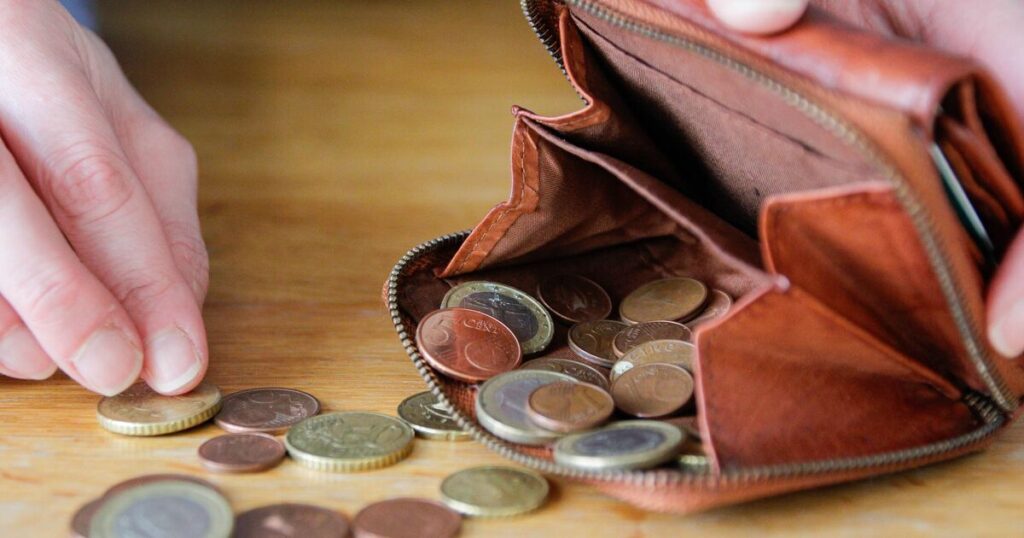
Have you ever discovered a coins that appear too old to belong to the modern age? You might need to submit a report – and neglecting to do so could lead to an ‘unlimited fine’ or potentially imprisonment.
According to the Treasure Act 1996, residents of England and Wales must inform a Finds Liaison Officer within a fortnight of uncovering possible ‘treasure’ or recognising it could be treasure. Whilst ‘treasure’ might sound like something from a fairy tale, it actually encompasses certain specific archaeological artefacts, usually several centuries old.
Current government advice, overseen by the Department for Culture, Media and Sport (DCMS), explains: « You must report treasure to your local Finds Liaison Officer within either: 14 days of first finding it [or] 14 days of realising an item might be treasure, even if you’ve had it for longer.
« You only need to report items officially defined as treasure. There’s an unlimited fine or up to three months in prison for not reporting treasure. » Currently, the Portable Antiquities Scheme employs 50 Finds Liaison Officers, positioned across various regions of the nation to handle potential treasure discoveries.
It’s vital to understand that not every coin or item considered ‘rare’ requires notification to the scheme. Nevertheless, those falling within the subsequent categories may qualify as reportable treasure:
- Metallic objects, excluding coins, that contain at least 10% precious metal (gold or silver) by weight and are at least 300 years old upon discovery.
- Prehistoric metallic objects partly made of precious metal.
- Collections of two or more metallic objects of any composition from a prehistoric period that originate from the ‘same find’. This means it has been found in the same place, or had previously been situated with another object. Finds may have become scattered since they were originally deposited in the ground.
- Two or more coins from the same find if they are at least 300 years old and contain 10% gold or silver. If the coins have less than 10% of these metals, there must be at least 10. These might come as part of a hoard or ritual deposits, for instance.
- Any object, regardless of its material, that is located in the same place as, or was previously with, a treasure object.
Other potential treasures can include objects that are at least partly made of metal and are at least 200 years old. This particularly applies if the object was discovered on or after July 30, 2023, and is of exceptional national, regional, cultural or archaeological significance. In summary, this could mean:
- It is a very rare example of its type found in the United Kingdom.
- The specific location, region, or area within the United Kingdom where it was discovered, or its association with a particular person or event.
Once such a discovery is reported, a local Finds Liaison Officer or museum curator will be likely to get in touch for further discussion. A report will then be compiled and, if deemed potential treasure, a coroner’s inquest will be held.
Government advice continues: « The Treasure Valuation Committee will ask an expert to value the find. They will recommend to the Secretary of State for the Department for Culture, Media and Sport (DCMS) how much the treasure is worth and how much should go to anyone eligible for a share of the reward.
« You’ll have the chance to comment on the valuation, along with the site occupier and landowner. » Treasure finders, land owners or others who occupy the treasure site may receive a share of the reward, if issued.
However, anyone acting in ‘bad faith’, perhaps by hiding the treasure or finding it from trespassing, may get a reduced share or no reward at all. The government adds: « If the find does not count as treasure or no museum wants it…the items will be returned to you, and the landowner and site occupier informed. They have the chance to object within 28 days.
« The coroner will keep the find until any disputes are resolved. » More specific information on what counts as treasure can be found here.
